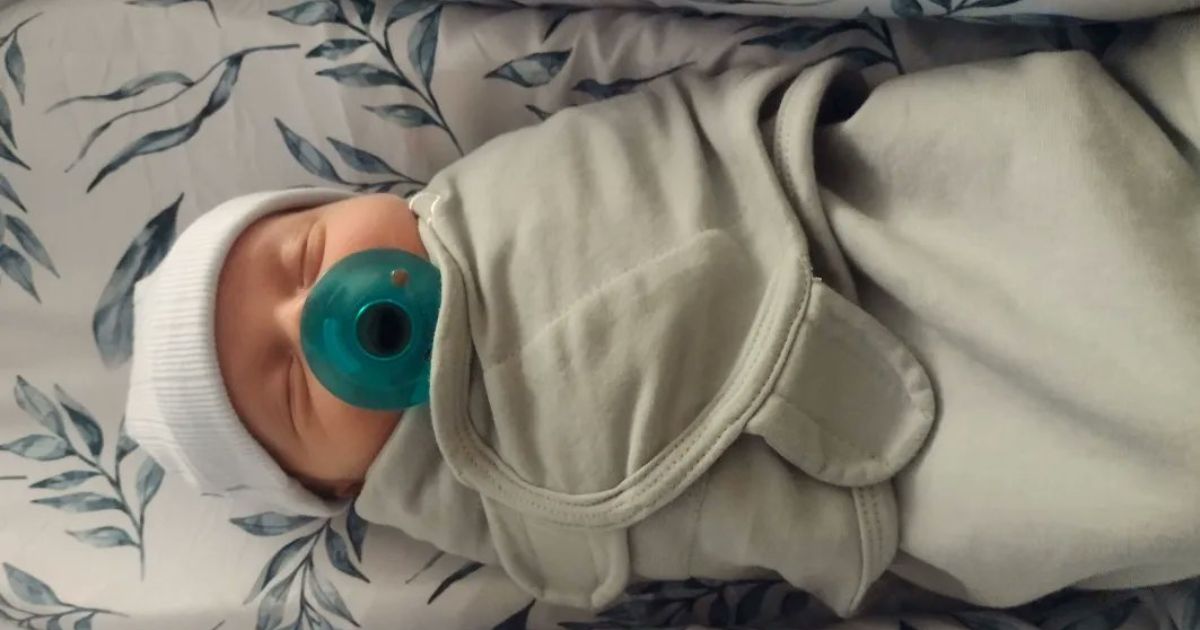“World’s oldest baby” definitely sounds oxymoron. However, it actually happened. On July 26, Saturday, Lindsey, 35, gave birth to Thaddeus Daniel Pierce, who has entered the world record for a very peculiar reason. To create headlines right after being born is something incredible, and this baby would one day understand why his birth was so special.
Speaking with MIT Technology, Lindsey revealed that her whole family reckoned the birth of Daniel “like something from a sci-fi movie.”
“We didn’t go into it thinking we would break any records. We just wanted to have a baby,” the Ohio-native mother said. She added, “We had a rough birth, but we are both doing well now. He is so chill. We are in awe that we have this precious baby!”
So far, you must be wondering why he is being called “the world’s oldest baby.” Well, it’s a simple yet impressive science. The kid was born from an embryo that was frozen for more than 30 years. This is the longest an embryo has been frozen before resulting in a successful birth.
In November 2024, the embryo was transplanted into Lindsey’s uterus after being in a tank for nearly three decades. In 1994, through IVF, the embryo was made by the woman with her then-husband. Over the weekend, she finally gave birth to Daniel.
Lindsey also has a daughter, who was also created from an embryo she stored at that time. After her split from her former husband, the woman decided to donate the embryos for other families in need or IVF research. Initially, she was skeptical that many places wouldn’t take her embryos as they were frozen for a very long time. However, finally she managed to find some places that helped her put those embryos up for adoption.
A child has been born using an embryo frozen in 1994, making it ‘the world’s oldest baby’, although it’s already facing some stiff competition for the title pic.twitter.com/IQkyv0wwQT
— Have I Got News For You (@haveigotnews) July 31, 2025
Although storing them in a facility left a mark on her finances, she wholeheartedly believed that it was the “right thing to do.”
Lindsey told MIT Technology that the whole experience has been “pretty surreal” for her. She finds it “hard to believe” that it actually happened.













